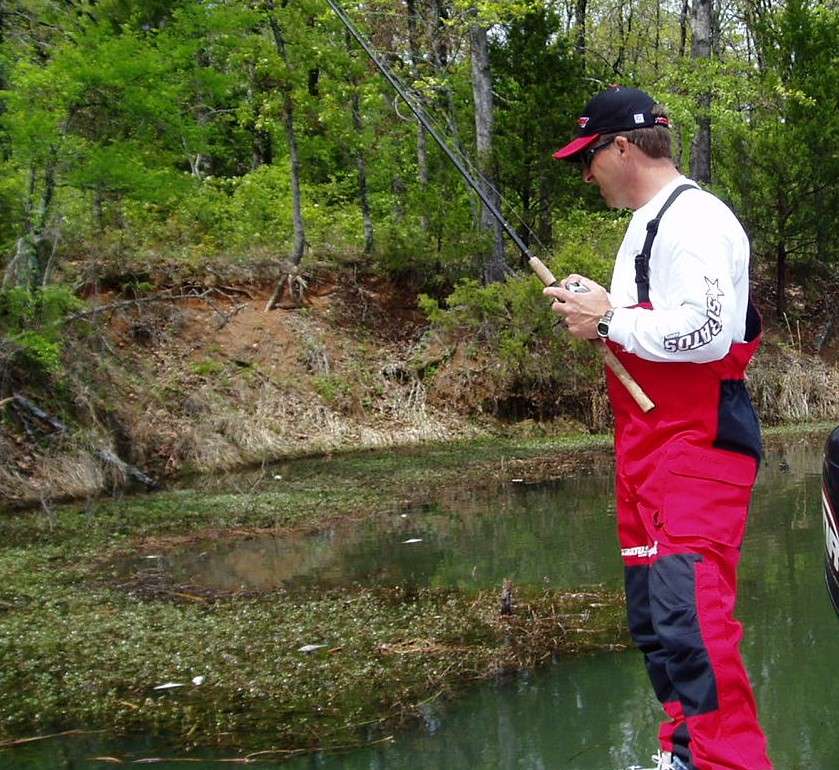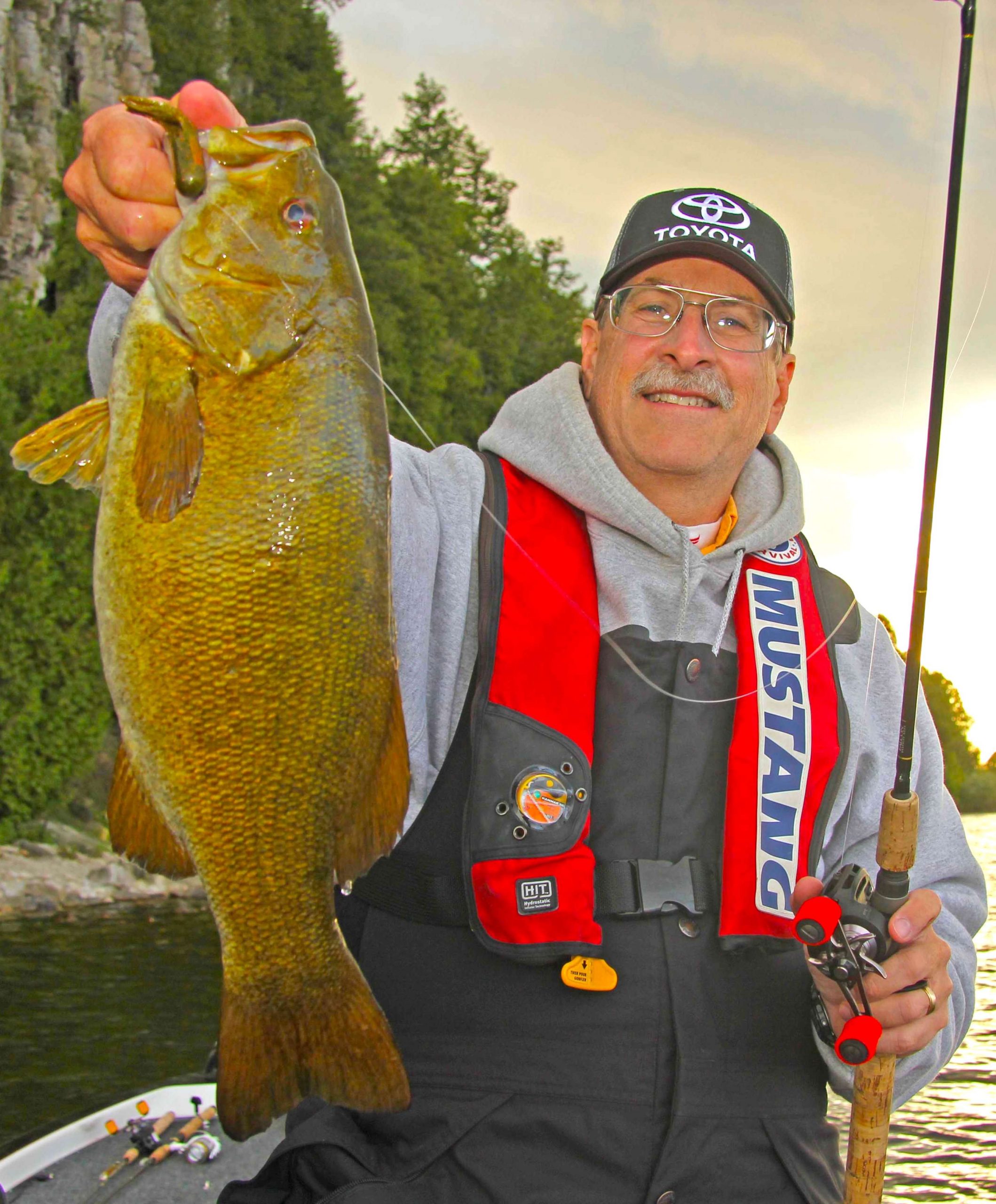
A question that always comes up in the spring is the issue of “bed” fishing — targeting spawning bass by sight fishing for them on their nests.
Should we be concerned?
Let’s examine the biology. Catching and immediately releasing a spawning bass does little apparent long-term harm to the fish. If released carefully and quickly, these fish usually return to the nest and resume guarding the eggs or fry.
However, hold that fish out of water for an extended period while your partner fumbles for the camera, or keep the fish in a livewell waiting for an afternoon weigh-in, you induce stress. A stressed fish may return to its nest but may be unable to defend it against predators. Or it may not return at all. Obviously, a fish that is transported miles away to a weigh-in is not likely to return home to save the brood.
But it is not all gloom and doom. Researchers have found that female bass do not always lay all their eggs at one time in one nest. They may mate with several males over a several day or week period. It’s nature’s way of mixing up the gene pool to ensure the species survival even if some nests are abandoned or otherwise compromised.
And being adaptable critters, bass can nest at various depths depending on water clarity, current and habitat. Deeper nests are much less vulnerable to angling simply because they are harder to see and target effectively.
In most of its range, the maintenance of a largemouth bass population does not depend on the number of spawning adults. Bass overproduce young so even if some nests are failures — either from natural causes or from angling — the fry survival in other nests compensates.
Other circumstances generally dictate how many bass fry will survive to adulthood. Floods, droughts or other catastrophic events may result in weak year classes, but the real keys to survival are related to protective nursery habitat and enough food during the fry and fingerling stage. Little bass must have a place to hide and forage while growing large enough to avoid becoming a larger fish’s lunch.
Smallmouth bass are a little different critter. Research in northern states and Canada supports the notion that adult numbers and protection during the spawn may be more important to population size than in southern latitudes. Smallmouth may be more likely to abandon nests when stressed or displaced. And there is evidence that northern smallmouth may not spawn every year, skipping a year or two or more. In those instances, the fish that do spawn are making a larger contribution to the year class and the success of each nest is more important.
With a much shorter window of opportunity for spawning because of ice cover much later into the year than in southern latitudes, northern bass — both species — are typically more aggressive and easier to catch off nests. Clear water aids the angler in this pursuit.
But do smallmouth behave the same in Tennessee or Missouri reservoirs as they do in Minnesota or Ontario? We don’t have those answers yet. There is still debate among biologists about the effects of fishing for spawning smallmouth in the South where spawning may be more regular and over a longer period. More research is in order.
Thoroughly confused? On one hand, catching a prespawn or spawning bass can stress it and perhaps cause it to not spawn or abandon a nest. And obviously, removing the adults from a nest makes the eggs or fry vulnerable to predators. But on the other hand, these effects are generally at the individual fish level — and are not likely influencing whole populations, especially in larger systems.
But putting biology aside, is bed fishing fair? Where does “sportsmanship” fit into this picture? Most fishery managers feel that fishing for spawning bass — at least in southern states — is more an ethical issue than a biological one.
Depending on the size of the water you are fishing on, only a limited number of spawning sites may be utilized on any given day – leading to intense competition — competition among anglers for those best spots.
On a large body of water this may be irrelevant. There may be enough spawning activity to satisfy everyone. And because all the bass in a lake don’t spawn at the same time, there are options built into the system. On any given day during the spring, some fish will be in prespawn mode, some will be spawning and others will be done. Anglers have options regarding which fish to pursue. Different behaviors, different locations, different tactics — anglers can choose to avoid spawning fish if they feel it is right for them.
No matter which way you lean on the issue of fishing for bass on their spawning beds, don’t be quick to criticize those that take the other position. Neither side of this argument is totally right or wrong. To bed fish or not to bed fish — biology may not be the answer to this question. Let your conscience be your guide.





